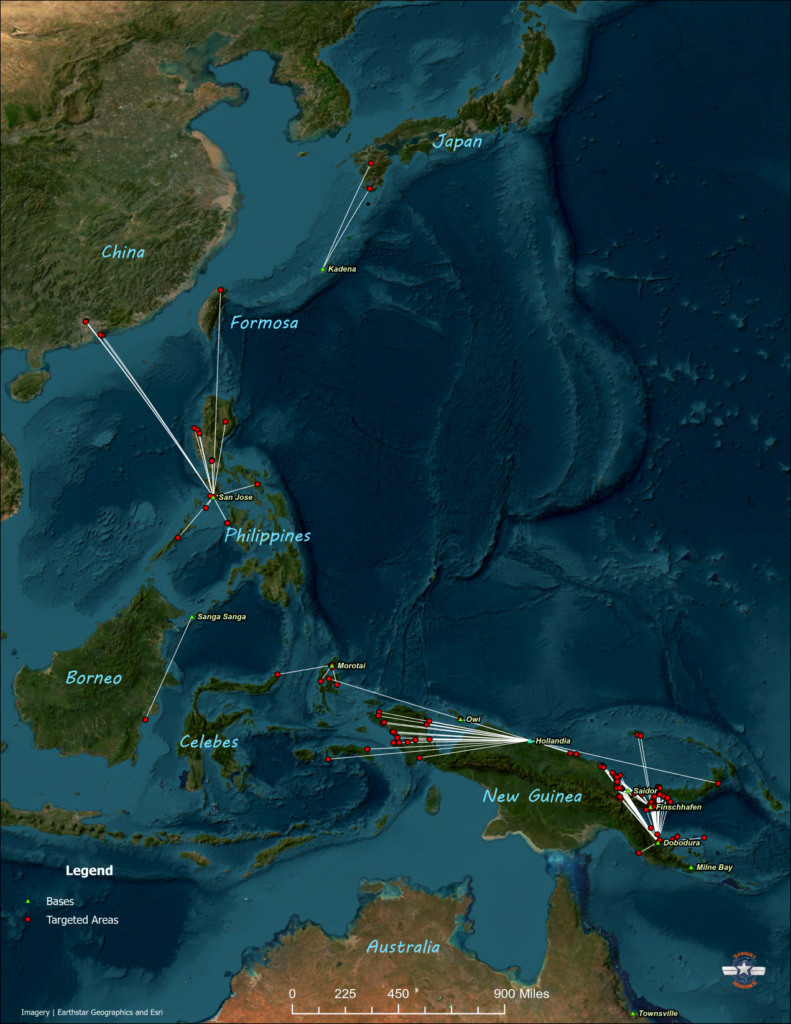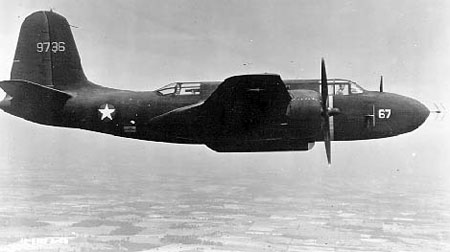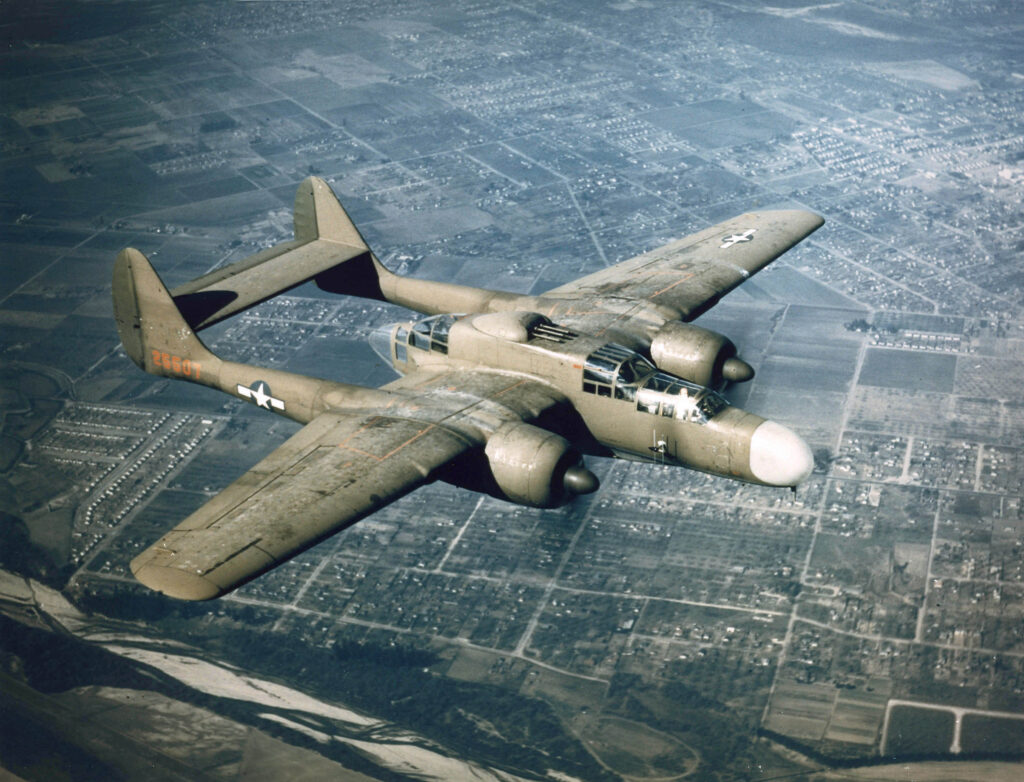The 418th Night Fighter Squadron was activated in the spring of 1943 and after months of training and preparation, they boarded a troop transport and deployed to the Southwest Pacific Area that fall. After being shuffled between Brisbane and Townsville, Australia and then Milne Bay, New Guinea, they finally found a home on the airdrome at Dobodura in November. Assigned operationally to the First Air Task Force, they flew their first combat missions in December 1943.

The first night fighters were radar-equipped variants of the Douglas A-20 Havoc. These planes were known as Douglas P-70 Nighthawks and they were used along with Lockheed P-38 Lightnings.


In the late summer of 1944, the Northrop P-61 Black Widow night fighter became available and was put into use by the 418th while operating out of Hollandia, Dutch New Guinea. The squadron was equipped with North American B-25 Mitchells between the P-70s and the P-61s.

While most of their missions were flown in the night defense of Allied airdromes, they also flew nighttime missions to harass enemy airfields, long range coastal patrols, and provided overnight fighter cover for friendly convoys. During some missions they were directed toward unrecognized air traffic by ground based radar controllers who provided intercept headings to the night fighters. Once within range of their onboard radar systems, the pilot and radar operator would search for and close with the unrecognized aircraft for visual identification before engaging with their four 20mm cannons. Some P-61s were also equipped with a dorsal turret that boasted four .50 caliber machine guns and a gunner.
The map above does not attempt to display the location of every mission flown by the 418th but is intended to provide an overview of the locations in which they operated. Their unit history is not complete and while their early months in combat are documented in great detail, later months are more general in nature and only relate the monthly highlights. While this does not allow for a complete map of their operations, it does reflect their frequent moves to more forward areas and their wide coverage of the SWPA.
In many instances, the positioning of a map marker is general in nature as their missions were often described only by the airdrome they covered or a coastal patrol route. When possible, I spaced the locations apart in order to provide a better visualization of their efforts.
Mission data for this post was derived from the Unit History of the 418th Night Fighter Squadron on microfilm reel 40497, acquired from AFHRA, Maxwell AFB, Alabama.
